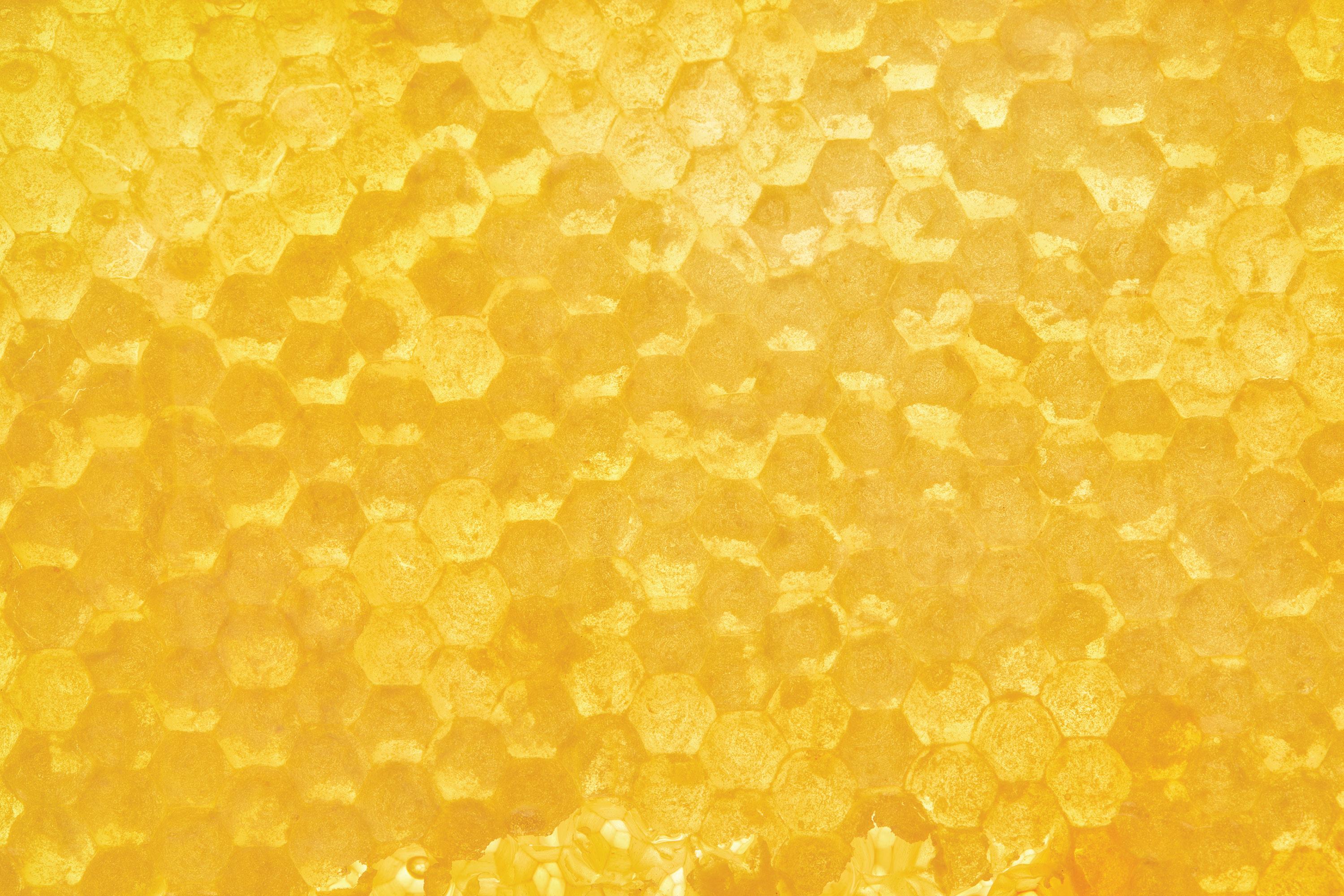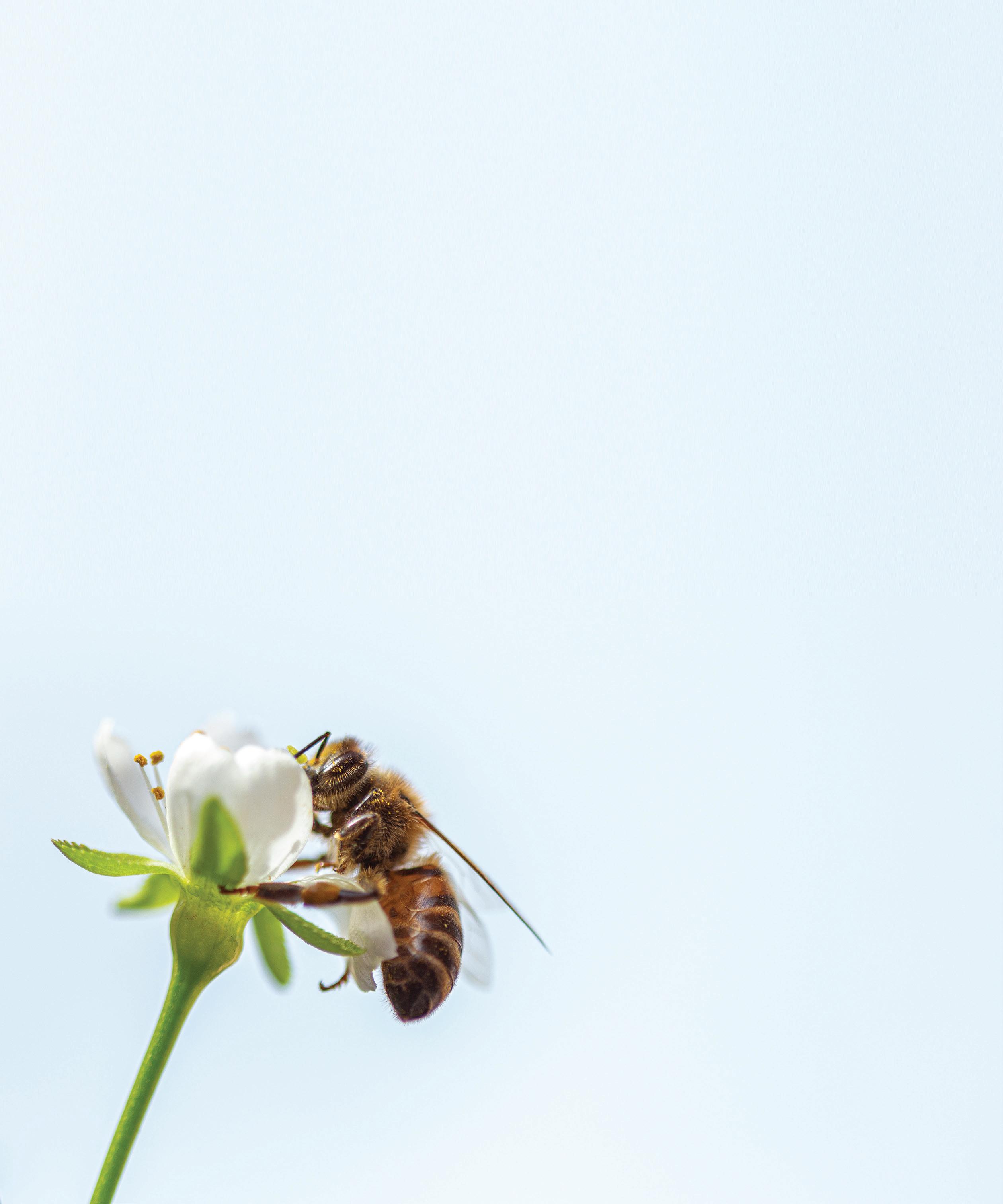
2 minute read
Doug Smith: Sweet On Honey
from September 2022
by VIP Magazine
Sweet on Honey
story by Doug Smith
Advertisement


Honey is a nutritious, healthy, delicious sweet food made by bees from the nectar of flowers. Honey bees convert the nectar found in local flowers into honey. They store this food source in wax honeycombs inside the beehive. When fresh food sources are scarce, bees use their stored honey as their source of energy. There are three types of bees in each hive: the queen (only 1), multiple male bees that fertilize the queen, and worker bees (20,000 to 40,000) that raise larvae and leave the hive to collect sugar-rich flower nectar and then return. Honey gets its sweetness from the presence of simple sugars like fructose and glucose and has about the same relative sweetness as regular granulated sugar. It has excellent properties for baking and has a distinctive flavor that leads many people like myself to prefer it over sugar and other sweeteners. That's just part of the story because when the bees are out gathering the nectar they are also pollinating the plants so that we can have plentiful fruits and vegetables. The hard-working bees also help people like myself who struggle with allergies. My whole life I have taken some type of medicine for allergies. At one point I took weekly shots to help keep them at bay. Then at one of my doctor visits, it was recommended that I start including local honey in my diet. I was told that the bee going from flower to flower would not only pollinate the other flowers but would also be adding some of this pollen to the honey. Taking this local honey over time would help build my immunity to the same pollen that caused my allergic reactions. This sweet substance now would sweeten my tea, make my yogurt taste better, and become a secret medicine that would fend off the dreaded allergies. This is good news! Who knew something so good could also be so beneficial? Honey has been eaten for a long time, perhaps from the beginning of time. When you can, take the time to get to know your local beekeeper. They can be a great source of knowledge. They can also suggest types of honey that you should try. The different flavors come from the flowers available to the bees that produced the honey and the time of year.

When substituting honey for sugar, use this as a guide:
For up to one cup, honey can be substituted for sugar in equal amounts. For example, you can substitute a 1/2 cup of honey for a 1/2 cup of sugar. Over one cup, use about 3/4 cup of honey for every cup of sugar. This is because honey is sweeter than sugar. Get more from Doug Smith by following him on Facebook and Instagram at "Doug the Food Guy".













